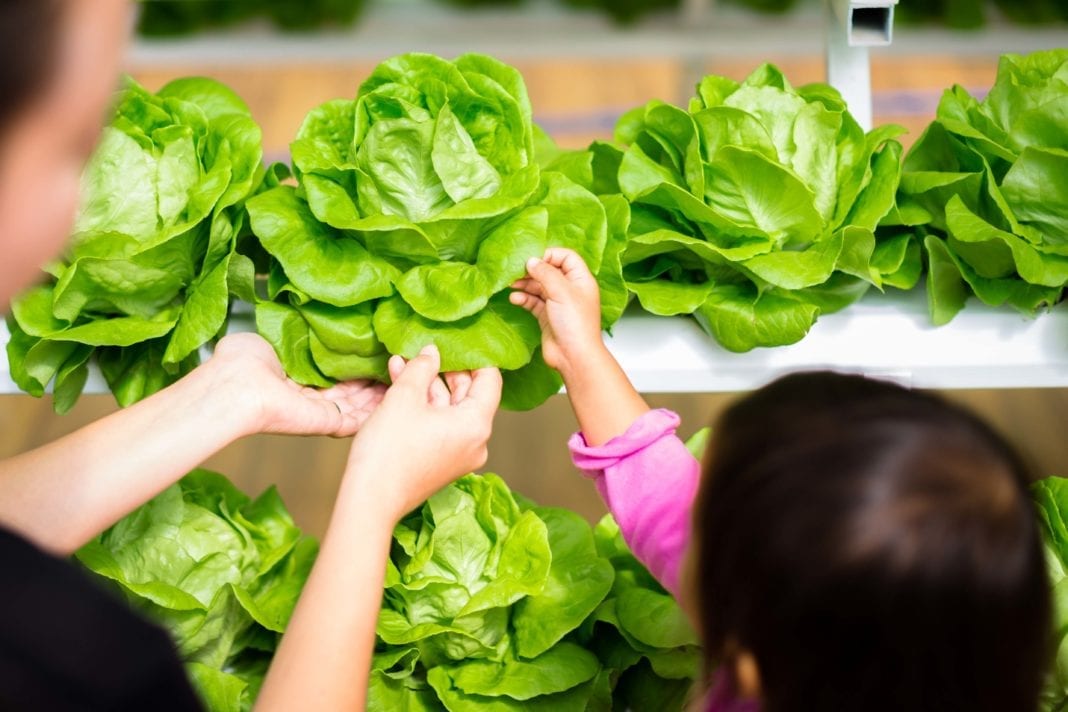If you haven’t had the time or inclination to pick up an offbeat hobby during this very weird time, you might want to try hydroponics. But what does this practice actually entail?
“A simple explanation would be the cultivation of crops without the use of soil,” says Max Altschuler of Guerrilla Grow Hydroponics in Broken Arrow. “Any hydroponic store will have the proper and necessary fertilizers, grow lights and growing media for indoor and outdoor cultivation, whether it be organic soil or hydroponics.”
According to Altschuler, the growth in hydroponics is sustained through a nutrient solution that can be applied in a multitude of ways.
“Many home and commercial gardeners will utilize ebb and flow, drain-to-waste and deep water cultivation as some of the common methods,” he adds. “Absolutely anyone can grow a plant hydroponically. While I typically find that growing hydroponically is less forgiving than soil, I find the only requirements are time, research and dedication.”
For Altschuler, farming has always been a key point of interest.
“The source of what we consume daily has been an important link to understand our supply chain and food chain,” he says. “I have always found self-reliance and self-sustainability to be important qualities, from brewing my own beer to growing my own food and creating my own medicine.”
Guerrilla Grow Hydroponics was established in 2018 with a focus on providing the equipment and, more importantly, the knowledge to grow and cultivate hydroponically.
“We always encourage our clients to ask questions about the products and how to use them to maximize their commercial or home cultivation project,” says Altschuler.
Albeiro Diaz with HTG Supply in Oklahoma City believes that the practice of hydroponics can be restorative.
“Many customers find that growing in hydroponics is therapeutic, because it brings them closer to nature without the mess of soil,” he says. “I got involved because, as a consumer, I wanted to take back some power when it came to choosing where I receive some of my food each week. I wanted to grow varieties I don’t see in the store, like purple tomatoes or wild strawberries. Above all else, I wanted my produce to be fresh – right off the vine.”
After getting over the initial shock of no soil, the advantages of indoors hydroponics systems become clear. Farmers are able to produce food literally anywhere in the world without worrying about growing seasons. Essential nutrients can be added in exact quantities. Vertical space can be used, increasing planting density. Water unused by the plants is recycled. And soil conditions can be ignored because, well, you’re not using it.
Still not convinced hydroponics can be a good idea for some growers? According to GreenOurPlanet.org, when compared to soil-based crops, hydroponics’ advantages include:
- an increase in production of three to 10 times in the same amount of soil space;
- up to 90% more efficient use of water;
- no pest control or chemical weed products;
- some crops can be grown in half the time;
- crops can be grown in climates where weather conditions are unfavorable.
“If you want vigorous growth, bigger fruits and faster yields, you should definitely try hydroponics,” says Diaz. “Our priority is always the success of your first harvest.”


























